-
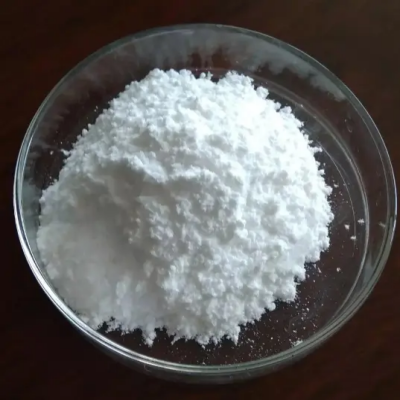
carbanide,chloropalladium(1+),(1Z,5Z)-cycloocta-1,5-diene CAS:63936-85-6
Carbonyl chloride is a chemical compound with the formula COCl2. It’s also known as phosgene and it has an irritating odor similar to hydrogen cyanide (HCN). Carbonyl chloride exists in two forms: gaseous form at room temperature or solid form under pressure. In its liquid state, carbonyl chloride appears colorless or slightly yellowish. This substance reacts readily with water producing carbon dioxide gas (CO2) and hydrochloric acid (HCl), which can cause severe burns when exposed directly on skin or eyes. It finds use mainly in organic synthesis reactions where it acts as a source of “CO” for various transformations like forming esters from alcohols, preparing ureas from amines etc. Additionally, it serves as a precursor for many other important industrial products such as polyurethanes, pesticides, herbicides among others.
-
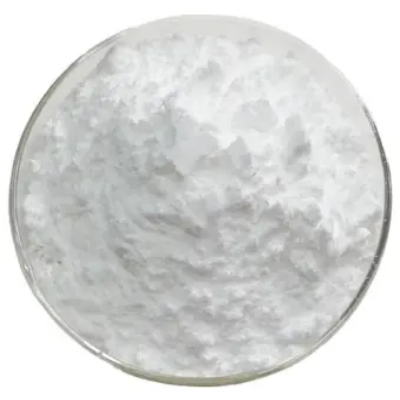
Palladium(II) acetylacetonate CAS:14024-61-4
Palladium(II) acetylacetonate is a coordination complex containing palladium in the +2 oxidation state, coordinated with acetylacetonate ligands. This compound is widely used as a catalyst in various organic transformations, particularly in the field of homogeneous catalysis. Its unique structure and reactivity make it an important model compound for understanding the behavior of palladium catalysts in organic synthesis.
-
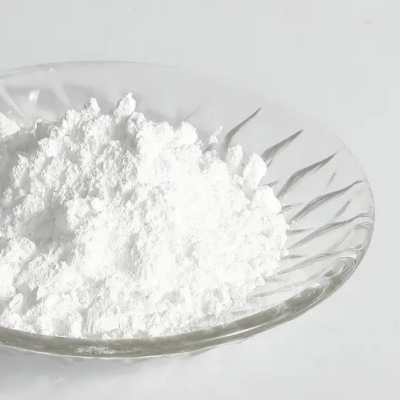
Palladium(II) bromide CAS:13444-94-5
Palladium(II) bromide, also known as palladium dibromide, is a chemical compound with the formula PdBr2. It is a dark brown crystalline solid that is sparingly soluble in water. This compound is widely used as a catalyst in various organic reactions and as a precursor for the synthesis of other palladium-containing compounds.
-

Diaminedinitritopalladium(II) CAS:14708-52-2
Diaminedinitritopalladium(II) is an inorganic compound with the chemical formula [Pd(NH3)2(NO2)2]. It is a yellow crystalline solid that is sparingly soluble in water. This compound is of interest due to the versatile reactivity of the palladium center and the presence of amine and nitrite ligands.
-
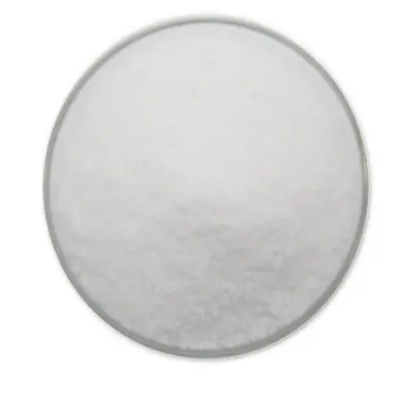
dipotassium hexachloropalladate CAS:16919-73-6
Dipotassium hexachloropalladate, with the chemical formula K2PdCl6, is a coordination compound containing palladium in the +4 oxidation state. It is a yellow crystalline solid and is sparingly soluble in water. This compound is commonly used as a precursor for the synthesis of various palladium-containing compounds and as a source of palladium in certain chemical reactions and processes.
-
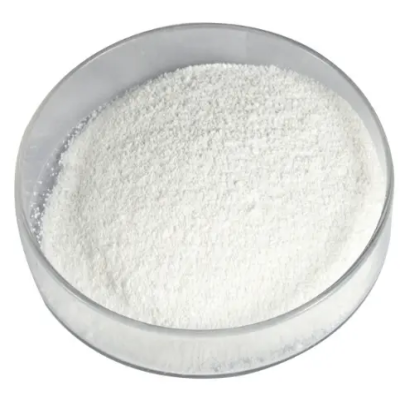
Tetraamminepalladium (II) nitrate solution (5.0% Pd) CAS:13601-08-6
Tetraamminepalladium(II) nitrate solution (5.0% Pd) is a coordination complex containing palladium in the +2 oxidation state. It is a clear, yellowish solution with a defined concentration of palladium. This compound is commonly used as a precursor for the deposition of palladium-containing thin films and coatings, as well as a catalyst in various organic reactions.
-
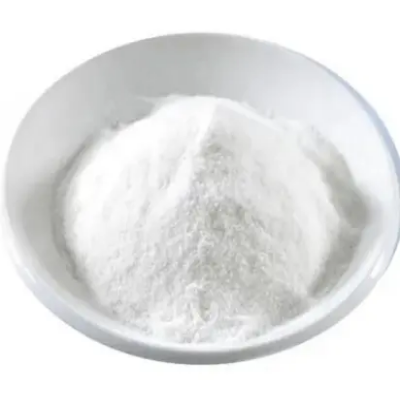
1,1′-Bis(diphenylphosphino)ferrocene-palladium(II)dichloride dichloromethane complex CAS:95464-05-4
1,1′-Bis(diphenylphosphino)ferrocene-palladium(II)dichloride dichloromethane complex is a coordination complex featuring palladium in the +2 oxidation state, coordinated with two chloride ions and a bidentate ligand, 1,1′-Bis(diphenylphosphino)ferrocene. These types of complexes are often studied and utilized in various catalytic and synthetic applications due to their unique coordination geometry and reactivity.
-
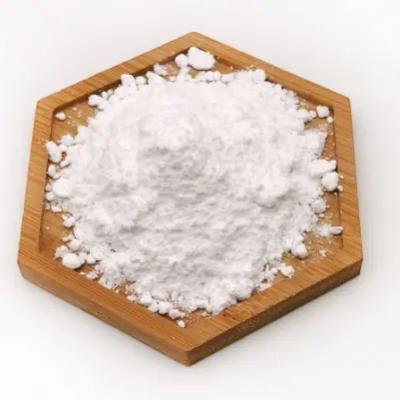
Palladium(II) sulfate CAS:13566-03-5
Palladium(II) sulfate is a chemical compound consisting of palladium in the +2 oxidation state bonded to sulfate ions. It is a valuable compound in various chemical and industrial processes due to its unique properties and reactivity. Palladium(II) sulfate is a source of palladium for many applications, especially in catalysis and materials synthesis. Its ability to undergo redox reactions and coordinate with various ligands makes it an important component in the development of new chemical processes.
-
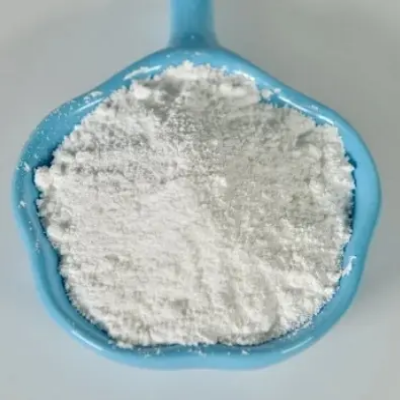
Palladium, (h5-2,4-cyclopentadien-1-yl)(h3-2-propen-1-yl)- CAS:1271-03-0
Palladium, (η5-2,4-cyclopentadien-1-yl)(η3-2-propen-1-yl), commonly referred to as (η5-C5H5)(η3-C3H5)Pd, is an organometallic compound containing palladium in the +2 oxidation state. It is a yellow crystalline solid and is soluble in organic solvents. This compound is used as a catalyst in various organic reactions and as a building block for the synthesis of other palladium-containing compounds.
-
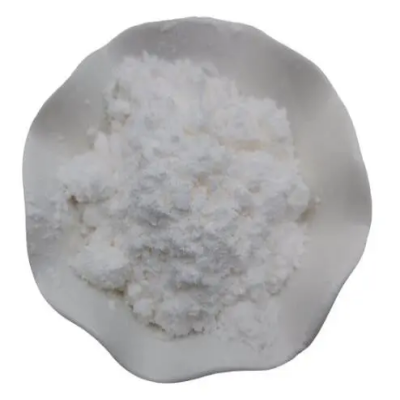
Bis(dibenzylideneacetone)palladium CAS:32005-36-0
Bis(dibenzylideneacetone)palladium is a coordination complex featuring palladium coordinated with two molecules of dibenzylideneacetone. This compound is widely studied and utilized in various catalytic and synthetic applications due to its unique coordination geometry and reactivity. The presence of palladium in this complex makes it particularly valuable for catalytic purposes.
-
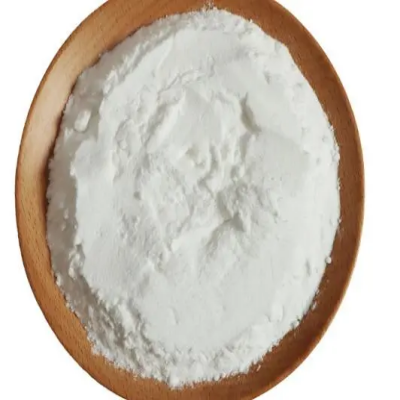
Tetrammine Palladium (II) Sulphate CAS:13601-06-4
Tetrammine Palladium (II) Sulphate is a coordination complex consisting of palladium in the +2 oxidation state, coordinated with four ammonia (tetrammine) ligands and sulfate ions. This compound is used in various chemical and catalytic applications due to its unique properties and reactivity.
-
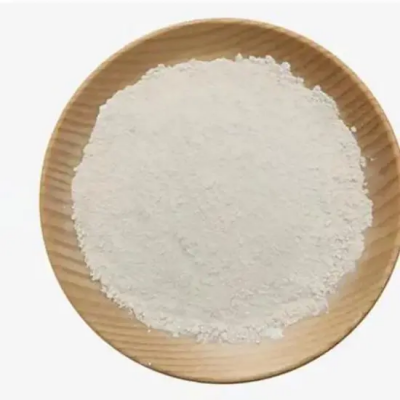
di-μ-chloro-bis(η-allyl)palladium CAS:12012-95-2
Di-μ-chloro-bis(η-allyl)palladium is an organometallic compound containing palladium in the +2 oxidation state. It is a yellow crystalline solid and is soluble in organic solvents. This compound is commonly used as a catalyst in various organic reactions and as a building block for the synthesis of other palladium-containing compounds.

